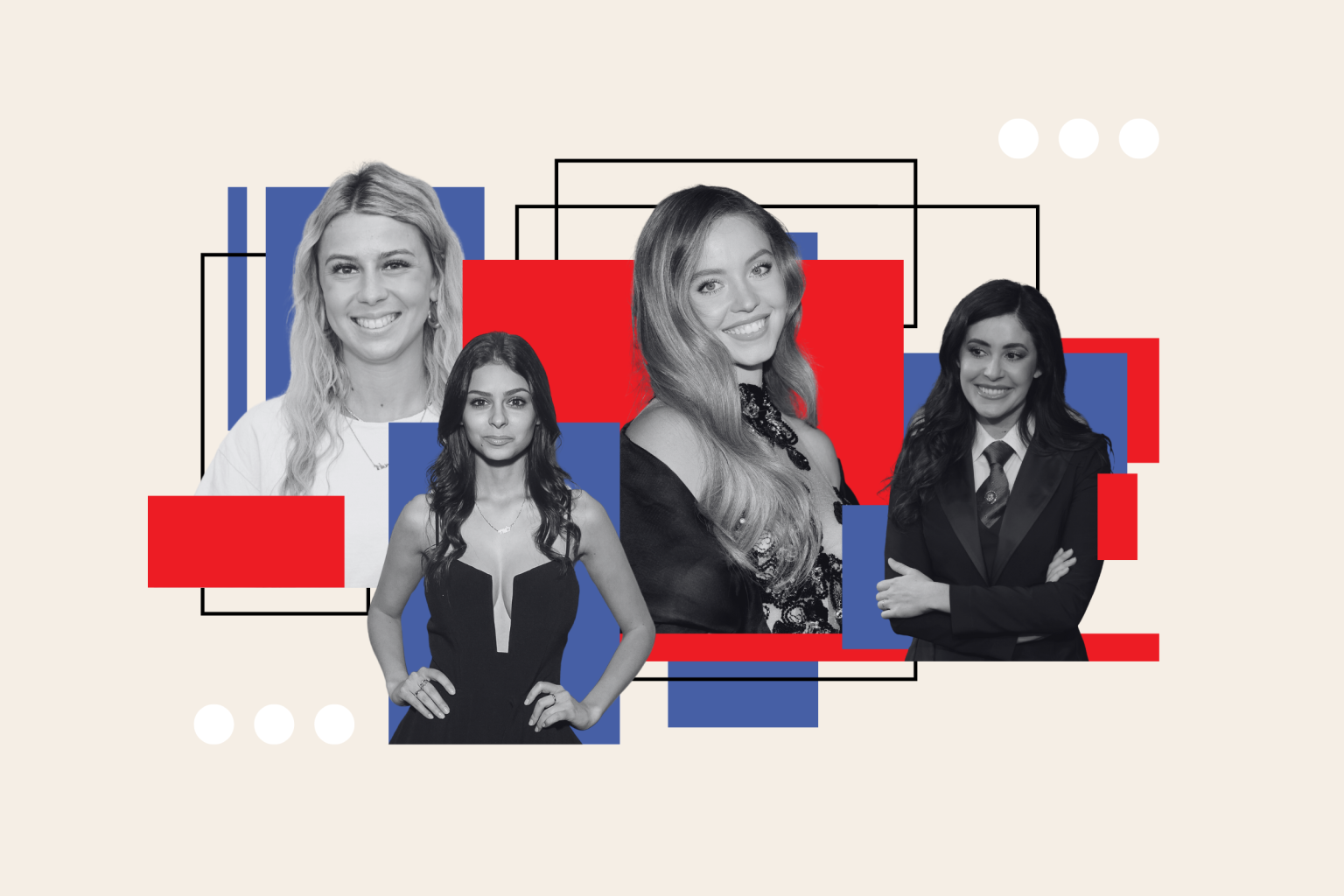The phenomenon of the conservative hot girl has gained attention recently with notable figures like Sydney Sweeney and Haliey Welch becoming emblematic of this trend. These women, who are conventionally attractive and popular, have captured the imagination of right-wing commentators who see them as a challenge to progressive ideals like wokeness. Sweeney, in particular, garnered praise from conservatives after her appearance on Saturday Night Live, where she leaned into jokes about her physical appearance. Critics argue that the conservative hot girl represents a backlash against political correctness and a reaffirmation of traditional gender stereotypes around beauty and sexuality.
The conservative hot girl trend is not a new phenomenon, as women have long been objectified and used as symbols in conservative politics. Sweeney and others like her have been embraced by right-wing figures, despite their lack of overt political involvement. The focus on conventionally attractive women in conservative circles is seen as a way to counter the perceived excesses of wokeness and identity politics. However, critics argue that this type of representation reinforces narrow beauty standards and promotes regressive ideas about women’s roles in society.
The rise of conservative hot girls has attracted attention from media outlets and commentators who see them as a fresh face for the Republican Party. Figures like Elizabeth Pipko and Anna Paulina Luna have actively engaged in right-wing politics and have been labeled as conservative hot girls by the media. The emphasis on these women’s physical appearance and sexuality has sparked debate about the role of women in conservative movements and the underlying motivations behind the conservative hot girl trend.
The conservative hot girl trend has implications for the broader political landscape in America, where the gender divide between conservatives and liberals is widening. The focus on attractive women as symbols of conservative values is seen as a strategic move to appeal to male voters and challenge stereotypes about the Republican Party. The rise of the conservative hot girl also reflects broader societal concerns about gender norms and power dynamics, particularly in relation to women’s rights and agency.
Critics of the conservative hot girl trend argue that it reinforces patriarchal and populist ideals by reducing women to objects for political gain. The focus on women’s physical appearance and sexuality is seen as a regressive move that prioritizes men’s desires over women’s autonomy. The contrasting images of the hot girl and the childless cat lady in conservative rhetoric reflect broader debates about women’s roles and values in society. Ultimately, the rise of the conservative hot girl trend raises questions about the intersection of politics, gender, and sexuality in contemporary America.


